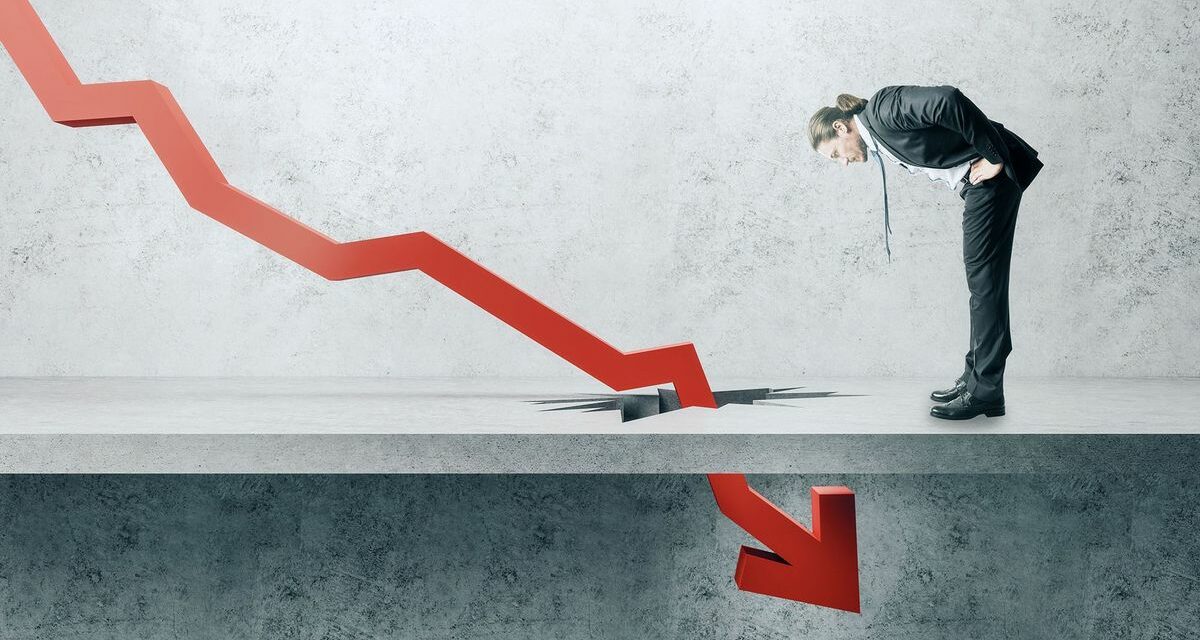Green politics crippled Europe and will do the same to America, writes Emmet Penney on the Spectator World website.
Energy prices have skyrocketed since the start of the war in Ukraine and the sanctions it triggered. President Joe Biden called this year's high energy prices "Putin's price hike." British Prime Minister Liz Truss said households were paying a fair price for their solidarity with Ukraine with high energy bills. And Margrethe Vestager, the vice-president of the European Commission, encouraged Europeans to take quick, cold showers in order to save energy. "When you shut off the water, say: Get this out, Putin!" he urged.
But did Putin really raise the price of energy? After all, he didn't sanction himself.
It is the West that has decided to move away from the Russian fossil fuels it has relied on until now.
What's more, the sanctions failed—the Russians' profits jumped 25 percent between the imposition of the sanctions and the end of August.
So what is the origin of the current energy crisis? When did it actually start? Let's play a game! Guess what year these headlines are from:
"Restriction of Ammonia Production in Antwerp and Ludwigshafen".
"High natural gas prices have led to the shutdown of UK fertilizer plants."
"Diesel Shortage Amid Rising Prices: Truck Stops Resort to Rationing."
If you guessed 2022, you were wrong. These are all from September 2021.
The truth is that the energy crisis started already at the end of last year. The decline in demand after the Covid era, the European drought and the depletion of the continent's fossil fuel reserves have combined to put serious pressure on the world's industrial systems. If we add to this the long-standing overinvestment in unreliable renewable energy sources, the shutdown of nuclear power plants worldwide in the wake of the Fukushima disaster, and a global decline of more than 50 percent in oil and gas investment between 2014 and 2021 - from $700 billion to $300 billion - then everything is given to the global energy crisis. Of course, the Russian tanks running from Donbass to Kiev only worsened the situation.
When politicians blame Putin, they are diverting attention from their own failures.
In the EU, aluminum smelters, fertilizer factories, glass factories and many other manufacturers had to close their operations. Germany, the continent's largest economy, is set to lose most of its manufacturing base due to high energy prices. Industry and union leaders have been sounding the alarm for months, warning that without enough energy, Germany's manufacturing industry could collapse. And it's not even clear that Germany's better-than-expected storage numbers are enough to get them through the winter without gas from Russia.
Meanwhile, in the United Kingdom, the number of public utility debts increased from three million to nearly 11 million between March and August. Eleven percent of the British population - nearly 6 million people - already forego food to pay utility bills.
After all, who wants to be responsible for all of this? Much easier to blame the evil Russian guy.
And don't be fooled by the fact that the USA is immune to the crisis. Of course, we have incredible domestic resources, but they are also moving in the European direction. In the past few years, America has shut down nuclear power plants prematurely, including Palisades in Michigan and Indian Point in New York. The fossil fuel industry does not want to risk capital for expansion when Democrats continue to push for their destruction. Not since Truman has a president leased so few federal lands to the oil and gas industry. To make matters worse, much of the new capacity added to the grid comes from intermittent and unreliable wind and solar power.
And what is the result?
The US energy and electricity sector is anemic, fragile and expensive.
This summer, the National Association of Energy Assistance Administrators reported that about 20 million U.S. households — one in six homes — are late on their utility bills. In some parts of the country, electricity prices have risen by 233 percent since last year. The North American Electric Power Reliability Association has warned that a large portion of the country is increasingly at risk of power outages.
In August, a heat wave pushed the Texas grid into new demand limits for a week. The following month, the California grid operator had to plead with residents to use less electricity to avoid rolling blackouts. And let's not forget about New England: the region has no pipeline infrastructure to allow natural gas to be imported. The Jones Act, which prevents foreign-owned ships from transporting goods between US ports, also hampers the region. Liquefied natural gas, or LNG, import terminals in New England cannot receive from LNG export terminals in the Gulf of Mexico because, although the United States produces the most LNG in the world, it does not manufacture LNG tankers. So the Non-England will have to compete with Europe and Asia for expensive LNG to light and heat their homes this winter. And it's going to be painful — natural gas makes up 53 percent of the New England grid's resource mix.
But America need not follow in Europe's footsteps. Instead of bidding on the "energy transition", rather
it should become sensitive to the sobering truths of external events and commit to energetic realism.
After all, energy is essential to sustaining the economy.
Featured image: Shutterstock













